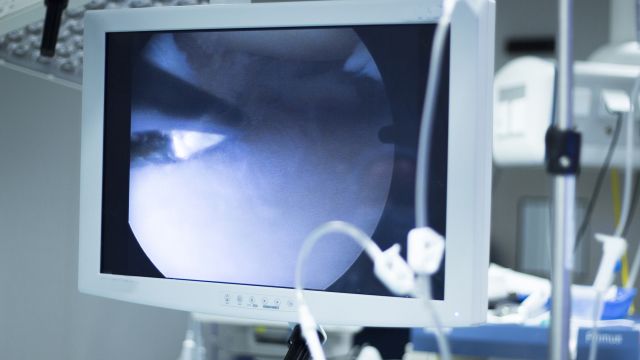Tenosynovial giant cell tumors (TGCTs) are a rare type of benign tumor that form on tissues in and around the joints, such as the synovial membrane and tendon sheath. This can result in symptoms such as pain, swelling, and joint instability. There are numerous types of TGCTs, which can affect a variety of different joints throughout the body, including large joints like the knees and hips, and smaller joints like those found in the hands and feet.
Surgery is a commonly used treatment for TGCTs. The type of surgery used will depend on a number of factors, including the type of TGCT, the location, and the size/extent of the tumors. Here, we look at answers to questions about the surgical procedures used to treat TGCTs.
How does surgery treat TGCTs?
As mentioned in the previous paragraph, the specifics of the surgery will depend on the specifics of the TGCT—the joints involved, the size and extent of the tumors, the subtype of TGCT. A surgical procedure called synovectomy is commonly used. Synovectomy involves the removal of synovial membrane that lines the joints, and can be partial (removing only part of the synovial membrane) or full (removing all of the synovial membrane) depending on the extent of the disease.
What is arthroscopy?
Arthroscopy, also called arthroscopic surgery, is a type of minimally invasive surgery that is used to both diagnose and treat joint problems. Arthroscopy utilizes a tool called an arthroscope, which is a thin, flexible tube fitted with a camera. One or more small incisions are made in or around the joint being operated on, and the arthroscope is inserted into the incision. The video feed from the camera is displayed on a video screen in the operating room. This allows surgeons to get a detailed look at the interior of the joints and take samples of joint tissue that can then be tested in a lab. It also allows them to surgically remove TGCTs and tissue affected by TGCTs.
What is open surgery?
Some cases of TGCT are treated with open surgery. Open surgery involves a larger surgical incision, which enables the surgeons a full view and access to the joint being operated on. The decision to treat with open surgery or arthroscopy will depend on the individual characteristics of the TGCT as well as the individual characteristics of the patient. In some cases, TGCTs are treated with a combination of open and arthroscopic surgery.
What are the other treatment options for TGCTs?
In some cases, radiation therapy is used in conjunction with surgery for the treatment of TGCTs—either external beam radiation or a procedure called radiosynovectomy. There is also a drug therapy that can be used to treat TGCTs, but it is typically prescribed when surgery is not an option and only to select patients. It is a type of drug called a kinase inhibitor. Other drug therapies are under development.
What treatment is right for me?
Because every case of TGCT is different, and every patient is different, deciding on a treatment plan will be a decision you make with your healthcare provider.






